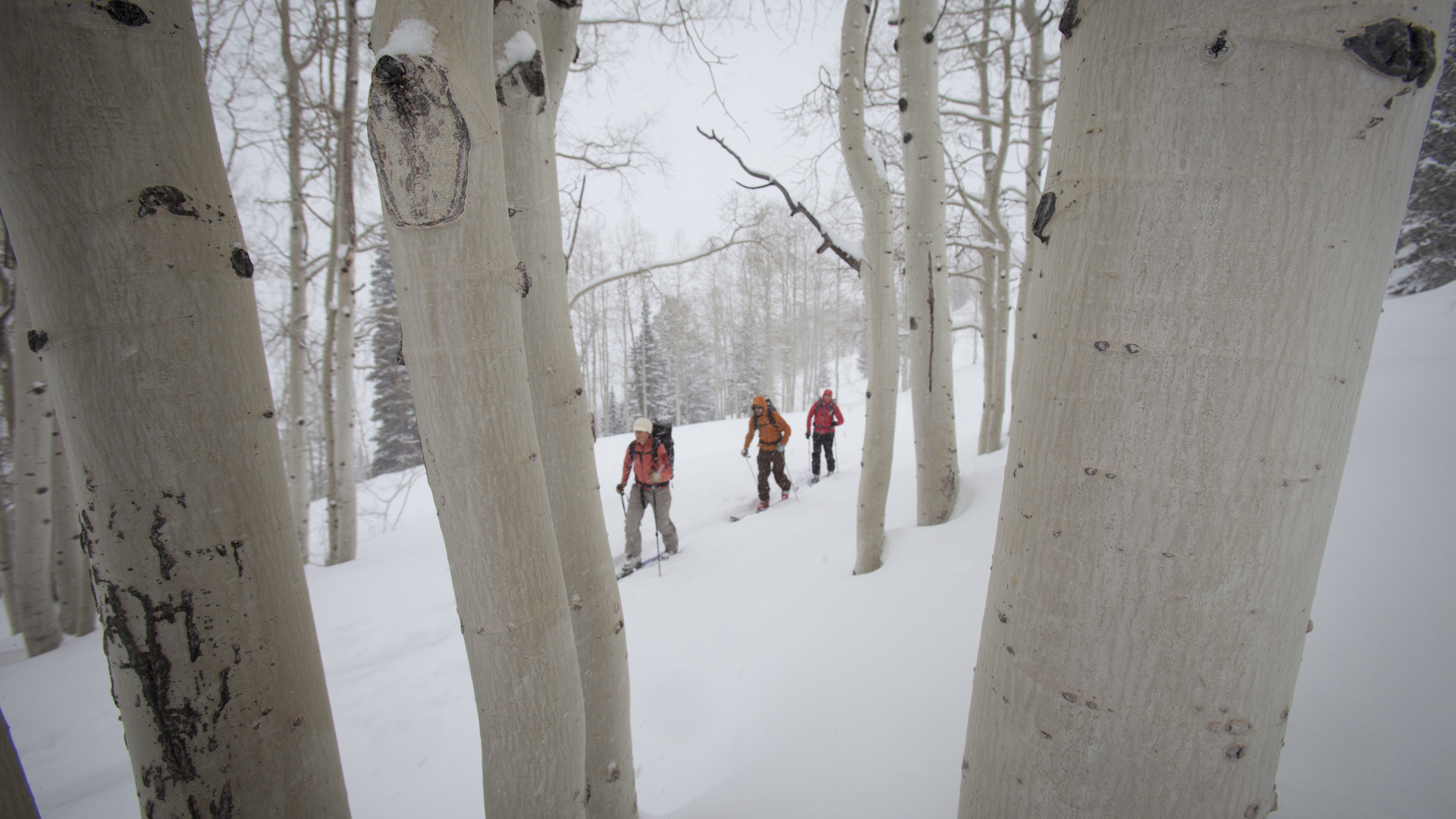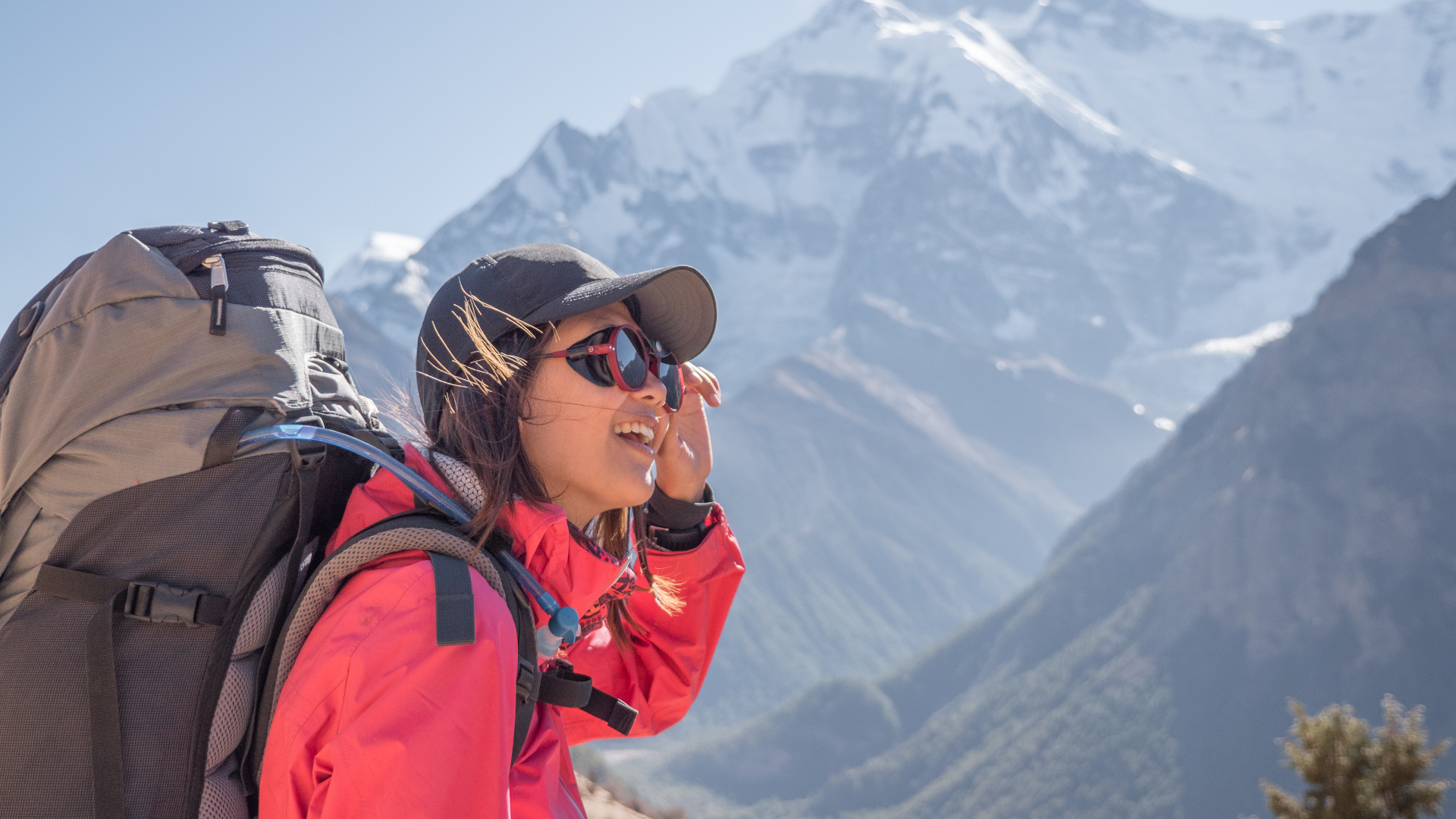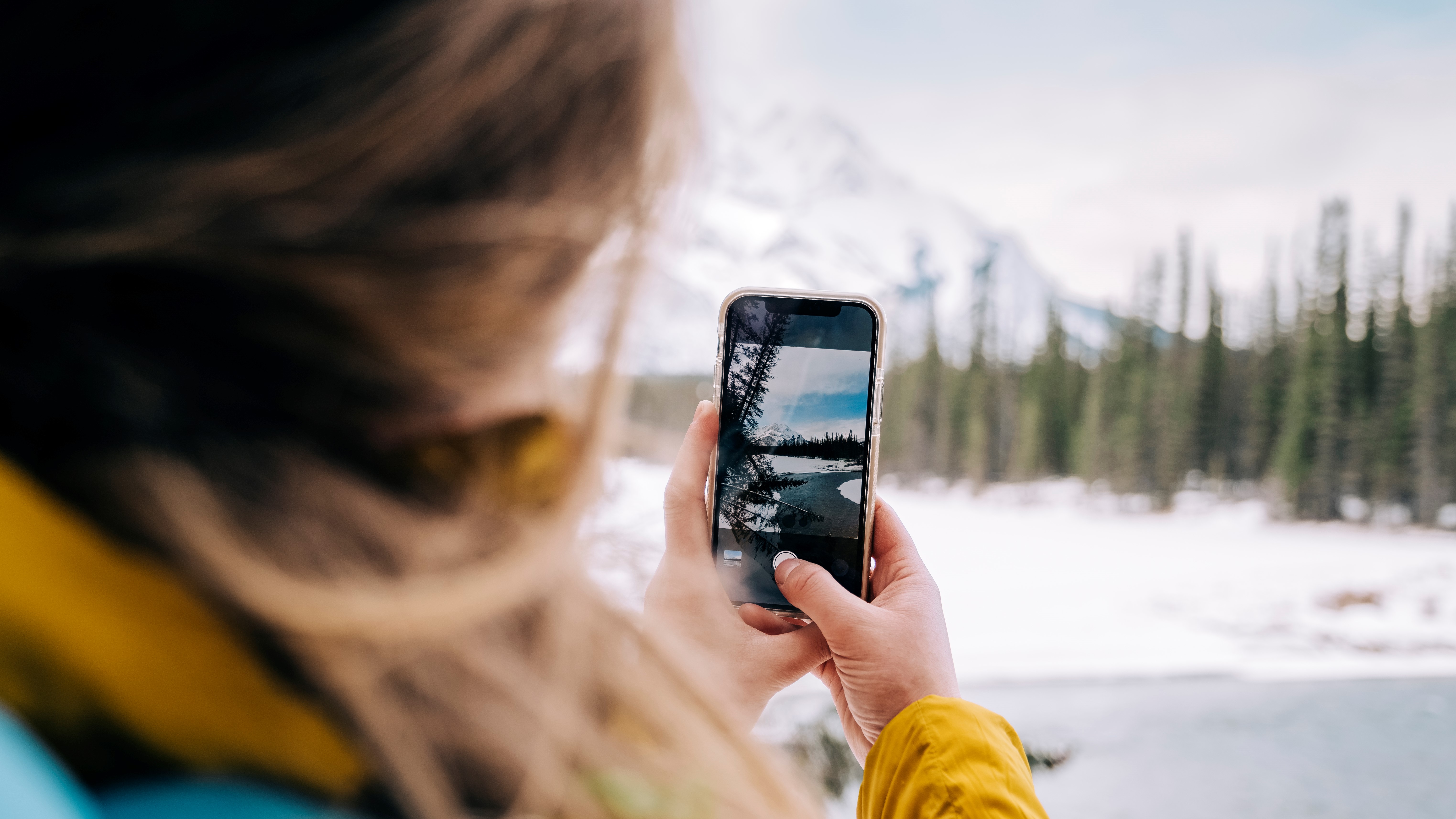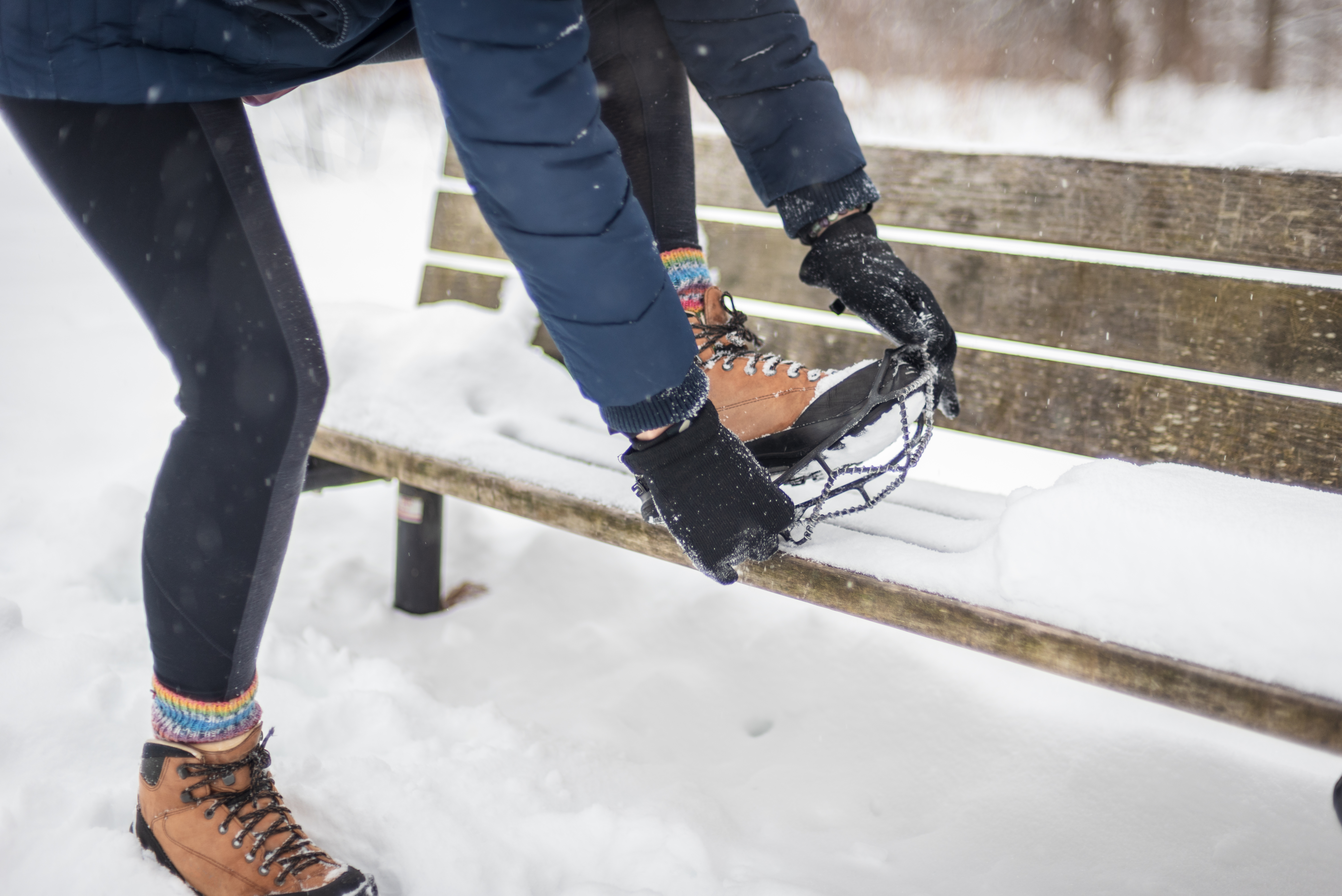10 winter hiking safety tips
Our 10 winter hiking safety tips will help you to get the most out of any cold weather hike and maximize your stoke level during minimal daylight hours

Some people think hiking season ends once leaf peeping is over, but hiking through the colder months can bring some of the best outdoor adventures of the year. The trails are quiet and the snow is crisp underfoot and transforms a drab landscape in a beautiful winter wonderland. Winter hiking does, however, require extra preparation since cold temperatures, wind, snow and ice can mean the stakes are considerably higher. Our 10 winter hiking safety tips will help you to get the most out of any cold weather hike and maximize your stoke level during minimal daylight hours.

1. Communicate your plans
This goes for hiking in any season, of course, but when there are sub zero temps and potential blizzards involved, the implications of spending the night outside are naturally much more grave. If you don’t make it back to your car before nightfall, you want someone looking for you as quickly as possible, so make sure a reliable friend knows exactly where you’ll be, and for increased safety, always hike with a partner.
2. Check the weather
Before setting off, use a reliable weather app to check the weather in the area where you’ll be hiking. Pay attention to the times of sunrise and sunset so you can time your adventure, look out for dangerously low temperatures, wind chill factor and high winds and precipitation that can reduce visibility and expose you to frostbite. Remember that light snow down low can be a blizzard up high. Make no mistake: hiking in winter does mean cold and potentially dangerous conditions, but you’ll want to understand when it’s a good idea to move your workout indoors or pick a less exposed and better traveled route.

3. Leave plenty of time
If you’re going to be hiking in the snow, you’re going to be moving more slowly than you would normally hike and the days are going to be shorter. Deep snow that requires snowshoes combined with a steep slope can turn a two-mile hike into a half-day, strenuous affair. Make sure you leave early and are sure you can be back at the trailhead well before dark.
4. Prepare for reduced visibility
Southwestern states do enjoy lots of bluebird days in the winter, so you won’t always be hiking through a blizzard, but your visibility may be reduced or altered for a variety of reasons if there’s snow on the ground or in the air. Snow covered trails can be harder to find, so make sure you know how to read a map and bring a compass. Bright days can mean increased glare, so you’ll want to wear polarized sunglasses to help you see and protect your eyes, while low light and snowy conditions might require non-polarized sunglasses as well as navigation tools and a headlamp.

5. Dress in winter layers
Yes, of course you want to wear lots of clothing, but dressing for winter hiking is a bit of an art form that’s necessary to prevent hypothermia. In addition to sturdy – and potentially waterproof – hiking boots, you’ll want to wear multiple light, breathable layers of clothing on a cold weather hike so that once you get moving and start to heat up, you can peel off some layers without exposing your skin. Try not to get too sweaty since once you stop or start heading downhill, you can get chilled quickly. For mountain hikes, it can actually be a good idea to carry an extra base layer in your backpack and change into it at the top.
You’ll want a good mid layer like a fleece jacket or thinner down jacket, even though it might spend a lot of time in your backpack, and don’t underestimate the wind-sheltering power of a good waterproof jacket too, even if there's no rain in the forecast. Make sure you have hiking gloves and a hat or warm headband to protect your extremities, and consider gaiters for heavy, wet snow.
All the latest inspiration, tips and guides to help you plan your next Advnture!
6. Carry emergency gear
In a lot of places and on a lot of trails, many would forgive you for getting lax about carrying emergency gear in the summer (not mountain rescue, mind you) but come winter, you want to make sure you’re equipped with the following:
- An emergency blanket
- Fire-starting kit
- First aid kit
- Headlamp or flashlight (see our guide to the best headlamps for some good options)
- An emergency beacon for hiking
- Avalanche gear (for slopes of 30 degrees or more)
Remember that in cold weather, your phone can easily die quickly, leaving you without a means of navigation or communication if you don’t have backup. Read our tips on how to keep your phone warm in cold weather and always carry alternatives.

7. Understand avalanche risk
You’re not always at risk of an avalanche just because there’s snow on the ground, but anywhere there’s a slope of 30 degrees or more, snow can slide and slides can be deadly. Before hiking in mountainous terrain, read up on avalanche safety, check the avalanche report, take an avalanche safety course and carry the appropriate safety gear.
8. Bring traction
Walking on snowy or icy surfaces ranges from annoying to impossible and can be dangerous. Using trekking poles in the winter is highly recommended, as well as using winter traction devices over your boots. Different types of snow and ice require different types of traction. Start with a good pair of winter hiking boots with deep lugs – these may be enough in some snow. However, you should still carry Yaktrax or Microspikes if you’re going to be walking over packed snow or ice, snowshoes for deep snow or even crampons for winter mountaineering. You should practice putting on and walking in any of these devices ahead of time, and you’ll want training for using crampons.

9. Remember to hydrate
We’re often guilty of forgetting to hydrate when it’s cold out, but it’s no less important just because you don’t feel hot. Hydration packs can freeze in cold weather, so it may be better to switch to a water bottle at this time of year and even start with warm water and wrap it up in clothing inside your backpack so it stands a better chance of staying liquid. We also like carrying a hiking flask with hot tea or hot chocolate for a tasty, sugary treat on a chilly adventure.
10. Carry extra fuel
A short hike of a couple of miles in the summertime might not require you to bring much in the way of hiking snacks, but if you’re hiking through snow, you’re probably working a lot harder. Eat a good breakfast before you go and carry snacks you can easily munch on without breaking stride, like energy bars and trail mix.
- How to stay warm in a tent: 19 tips to keep the cold away
Julia Clarke is a staff writer for Advnture.com and the author of the book Restorative Yoga for Beginners. She loves to explore mountains on foot, bike, skis and belay and then recover on the the yoga mat. Julia graduated with a degree in journalism in 2004 and spent eight years working as a radio presenter in Kansas City, Vermont, Boston and New York City before discovering the joys of the Rocky Mountains. She then detoured west to Colorado and enjoyed 11 years teaching yoga in Vail before returning to her hometown of Glasgow, Scotland in 2020 to focus on family and writing.

